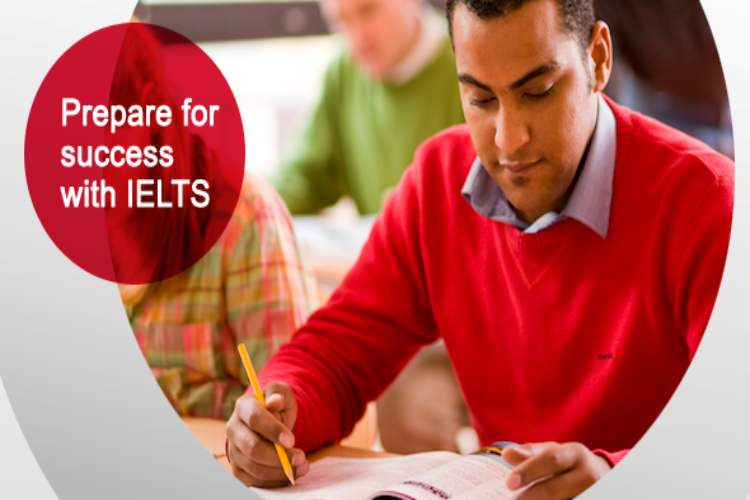Hugh Culling Eardley Childers founded the University of Melbourne in 1853. It is the world’s second-oldest higher education and research institution. It is considered one of Australia’s best institutions. More than merely formal study, the University of Melbourne is committed to offering a practical experience.
It has exceptional employees who create new discoveries and researches, making it one of the most progressive research universities.
There are 11 academic institutions on the grounds, including the Florey Institute of Neuroscience and Mental Health, the Walter and Eliza Institute of Medical Research, and the Grattan Institute.
This article will give you a tour to the acceptance rate and requirements to all the courses of the University.
University of Melbourne Acceptance Rate and Entry Requirements
The admittance rate at the University of Melbourne is 70-80%. The university’s acceptance rate distinguishes it in the Australian educational landscape, making it a selective institution. The entry criteria for admittance vary depending on the competitiveness and zeal of the students.
When compared to the domains of education and agricultural science, it is more difficult to be picked during the selection process for engineering and management science-based programmes.
University of Melbourne Acceptance Rate for International Students
An increase in international students from 31% in 2014 to 42% in 2020 demonstrates the university’s growing appeal among individuals interested in studying in Australia. With an acceptance rate of roughly 70% to 80%, admission to University of Melbourne courses is somewhat demanding.
Also Read: Study Abroad in Australia: Here are Full Details on The Why, The How and How Much
Entry Requirements for University of Melbourne
Here are the entry requirements of University of Melbourne including IELTS.
Graduate Programs Requirements
| Program | Test Score Requirements |
| MBA | GMAT: 680;
IELTS: 7.0; TOEFL (PBT): 600-603; TOEFL (iBT): 102 |
| Master of Computer Science | IELTS: 6.5
TOEFL (iBT): 80; (PBT): 550 |
| Master of Information Systems | IELTS: 6.5;
TOEFL (PBT): 577; (iBT): 79 |
| Master of Applied Econometrics | GRE or GMAT
IELTS: 6.5; TOEFL (PBT): 577; (iBT): 79 |
| Master of Applied Analytics | IELTS: 6.5;
TOEFL (PBT): 577; (iBT): 79 |
| Master of Data Science | IELTS: 6.5;
TOEFL (PBT): 577; (iBT): 79 |
| MS in BioSciences | IELTS: 6.5;
TOEFL (PBT): 577; (iBT): 79 |
Also Read: Low-Cost Universities in Australia for MS in IT: IELTS and Other Requirements for Admission
Some More
| Master of International Business | IELTS: 6.5;
TOEFL (PBT): 577; (iBT): 79 |
| MEng in Mechatronics | IELTS: 6.5;
TOEFL (PBT): 577; (iBT): 79 |
| Master of Banking and Finance Law | IELTS: 6.5;
TOEFL (PBT): 577; (iBT): 79 |
| Master of Business Analytics | IELTS: 7.0;
TOEFL (iBT): 102 |
| MEng in Civil with Business | IELTS: 6.5;
TOEFL (PBT): 577; TOEFL (iBT): 79 |
| MEng Electrical with Business | IELTS: 6.5;
TOEFL (PBT): 577; TOEFL (iBT): 79 |
| Bachelor of Science | IELTS: 6.5;
TOEFL (PBT): 577; TOEFL (iBT): 79 |
| Bachelor of Commerce (BCom) | IELTS: 6.5;
TOEFL (PBT): 577; TOEFL (iBT): 79 |
Read Also : University of Melbourne Ranking: Things to Know about Australia’s Best University
Undergraduate Programs Requirements
Given below are the undergraduate requirements for all the programs.
| Test | Minimum Score Required |
| TOEFL (iBT) | 79 |
| PBT | 577 |
| CAE/CPE | 176 |
| IELTS | 6.5 |
| PTE | 50 |
Academic Requirements for Indian Students
| Course | ICSE and CBSE Students | SSC Students |
| Arts | 75% | 85% |
| Commerce | 82% | 90% |
| Agriculture | 65% | 75% |
| Biomedicine | 91% | 93% |
| Science | 75% | 80% |
Also Read: Australia Student Visa: Read about the IELTS Requirements for Australian Student Visa
Courses and Programs Offered
University of Melbourne offers various graduate and undergraduate programs. Student body achieves more than 48,000 where more than one fourth that is, 13,000 students are from all over the world.
University students have the option to study all courses before deciding on a specific subject in their field of interest.
Furthermore, students will be supervised by professors who will provide them with a broad range of experience and information, including not only a fundamental comprehension of the inside programmes but also outside activities.
A
Accounting
Actuarial studies
Agricultural sciences
Architectural engineering
Architecture
Arts and culture
Arts, languages and STEM education
Asia
Audiology and speech pathology
B
Bioinformatics
Biological sciences
Biomedical engineering
Biomedical sciences
Business administration
C
Chemical and biochemical engineering
Chemistry
Civil, structural and architectural engineering
Clinical teaching
Composition
Computational biology
Computer science
Conservation
Construction
Creative arts and music therapy
Culture and communication
D
Dance
Data and analytics
Data science
Dentistry and oral health
Design
E
Earth and environmental sciences
Economics, econometrics and analytics
Electrical and electronic engineering
Energy
Engineering business and management
Entrepreneurship
Environmental engineering
Environmental law, policy and sustainability
F-G
Film and television
Finance
Food science
General studies in education
Geography
Global and international education
H-I
Health sciences
Higher education
History and philosophy
Horticulture and landscape management
Indigenous arts and culture
Information systems
Information technology
Instructional leadership and management
International business
J-L
Jazz and improvisation
Landscape architecture
Language and linguistics
Learning intervention
M
Management, HR, and business administration
Marketing
Mathematics and statistics
Mechanical, aerospace and mechatronic engineering
Medicine
Music performance
Music theatre
Musicology and ethnomusicology
N-P
Nursing
Optometry and vision sciences
Performing arts
Physics
Physiotherapy
Population and global health
Production
Property
Psychological sciences
Psychology and wellbeing
Public administration
R-T
Research in law
Social and political science
Social work
Software engineering
Spatial information
Specialist legal study
Teaching
Theatre
U-W
Urban and cultural heritage
Urban design
Urban planning
Veterinary science
Visual art
Writing
Also Read: What is the Process to get Australian PR? Check Out Everything You Want to Know
Ranking
Given below is the table given for different years and the ranks of the university
| Years | ARWU (Shanghai Ranking) – Universities Rankings | QS – World University Ranking | THE (Times Higher Education) – University Ranking | US News & World Report – Global Universities |
| 2017 | 39 | 42 | 33 | NA |
| 2018 | 38 | 41 | 32 | 26 |
| 2019 | 41 | 39 | 32 | 26 |
| 2020 | 35 | 38 | 32 | 26 |
| 2021 | NA | 41 | 31 | 25 |
Conclusion
Apart from academics the university also conducts cultural events such as theatre, comedy, film, and public lectures are held on campus. There are also approximately 200 organisations and societies linked with the university, including chess clubs, Women in Science and Engineering, and a Chocolate Lover’s Society. Melbourne University Sports Association is the successor to the Melbourne Sports Union.
Hopefully, this article has given you all the information about the University of Melbourne and everyone is now clear of how to get into the university because the entry requirements are clearly stated above. If you are looking for any guidance then hop on to IELTS Ninja, which will help the aspirants to get their desired score.










